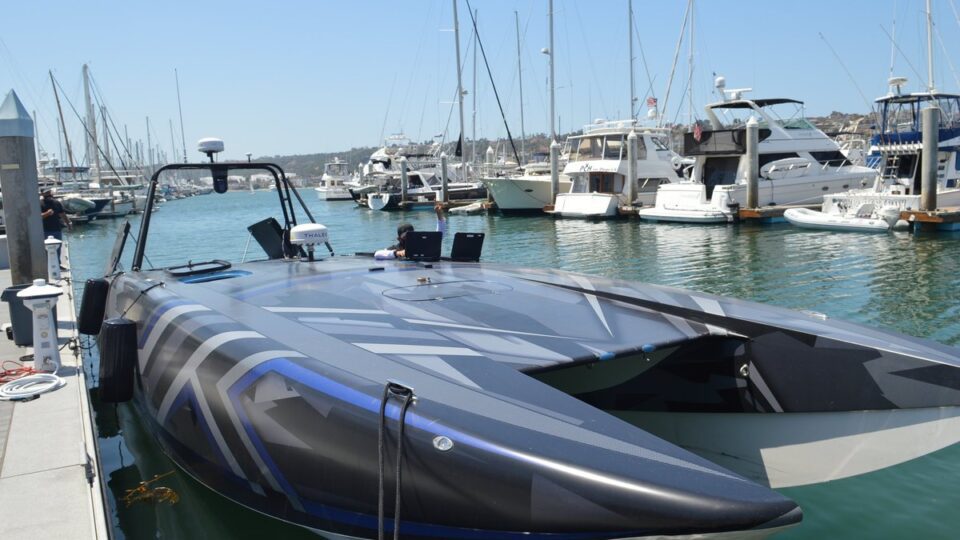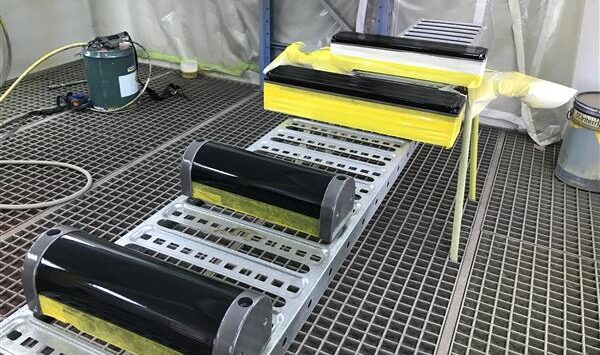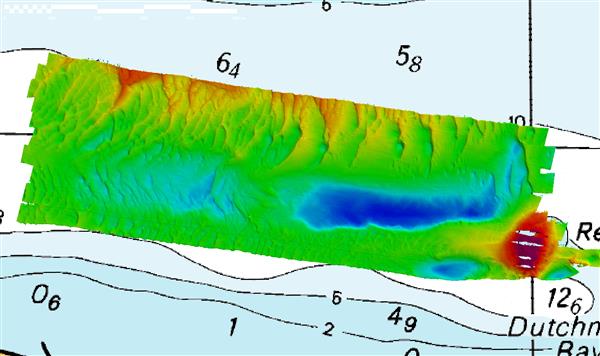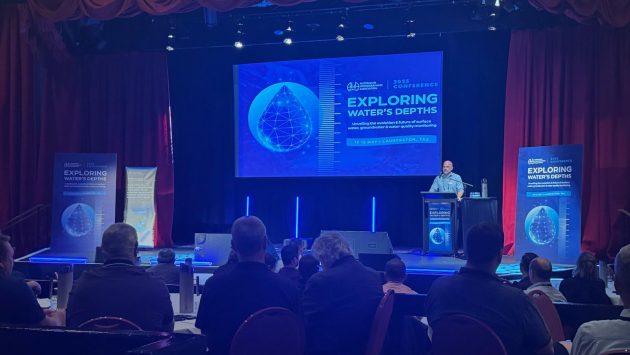MARTAC’s T38 Devil Ray: Leading Example of the Latest USV Technology
Digital Horizon Exercises Demonstrate the Development of Unmanned Surface Vehicles.
The article by George Galdorisi’s outlines the key goals of Digital Horizon and the future of Unmanned Surface Vehicles (USVs) in the maritime industry. The international community has been tremendously proactive in undertaking operations, exercises, experiments, and demonstration to accelerate the development and fielding of unmanned surface vehicles, reflecting the real importance of these systems to world navies. Much of this work has occurred in and around the Arabian Gulf under the auspices of Commander U.S. Fifth Fleet and Task Force 59.
The Exercise Digital Horizon is a three-week event in the Middle East focused on employing artificial intelligence and 15 different unmanned systems: 12 unmanned surface vehicles (USVs) and three unmanned aerial vehicles (UAVs). One of the key goals of Digital Horizon was to speed new technology integration across the 5th Fleet, and to seek cost-effective alternatives for Maritime Domain Awareness (MDA) missions.
During the exercises, MARTAC’s T-38 Devil Ray was equipped with multiple state-of-the-art COTS sensors to provide persistent surveillance. The T-38 provided AIS, full motion video from SeaFLIR-280HD and FLIR-M364C cameras, as well as the display of radar contacts on a chart via the onboard Furuno DRS4D-NXT Doppler radar. These were all streamed back to Task Force 59’s Robotics Operations Centre via high bandwidth radios and SATCOM.
These exercises and initiatives are important to showcase the USV’s capabilities to the Navy and how these systems could change the way the world’s navies conduct maritime safety and security. The Secretary of the Navy, Carlos Del Toro, explained this new “show, don’t tell,” philosophy built on an ongoing series of exercises, experiments and demonstrations. “The Navy has a responsibility to be able to prove that the technology that Congress is going to invest in actually works and it meets what we need to address the threat.”
Remote and Autonomous Systems (RAS) such as the MARTAC are changing the way Defence operates, both using uncrewed systems as well as combining them with crewed vessels. The MARTAC systems have fully autonomous, semi-autonomous, and full operator control modes and can carry many different payloads to be used in a wide variety of operations. The Digital Horizon illustrates a new paradigm in the way navies view uncrewed assets. They are no longer seen as “vehicles” but rather as “systems” that are nodes in a web of assets delivering a far greater capability than the sum of parts.
Read More:
Exercise Digital Horizon: Accelerating the Development of Unmanned Surface Vehicles
MARTAC T-38 Devil Ray USV in the Arabian Gulf
MANTAS T-38 Testing with the US Navy 5th Fleet
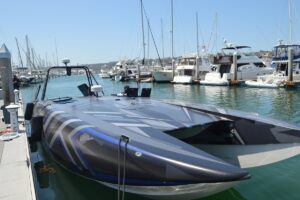
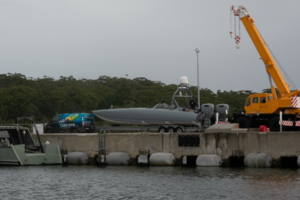
MARTAC T-38 vehicle loaded onto the trailer after trails in Australia (Photo credit: BlueZone Group).

